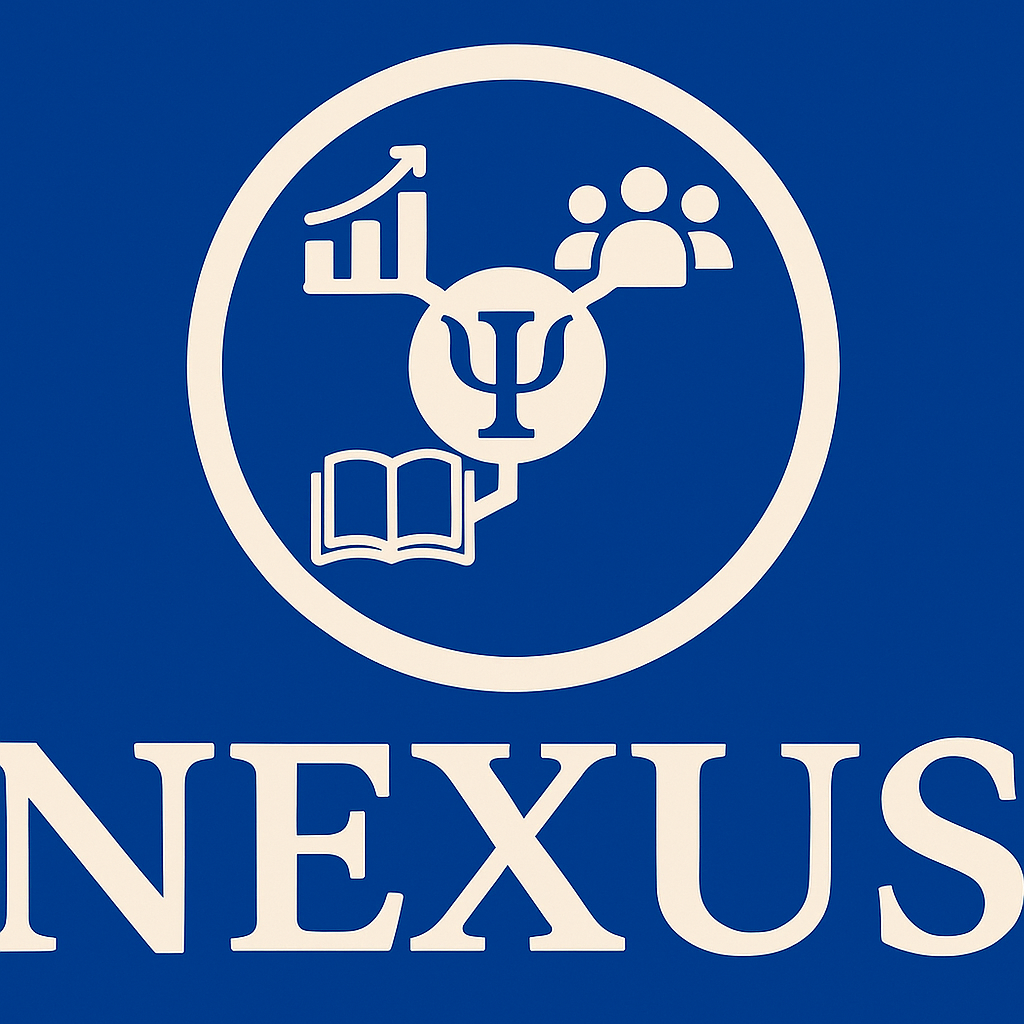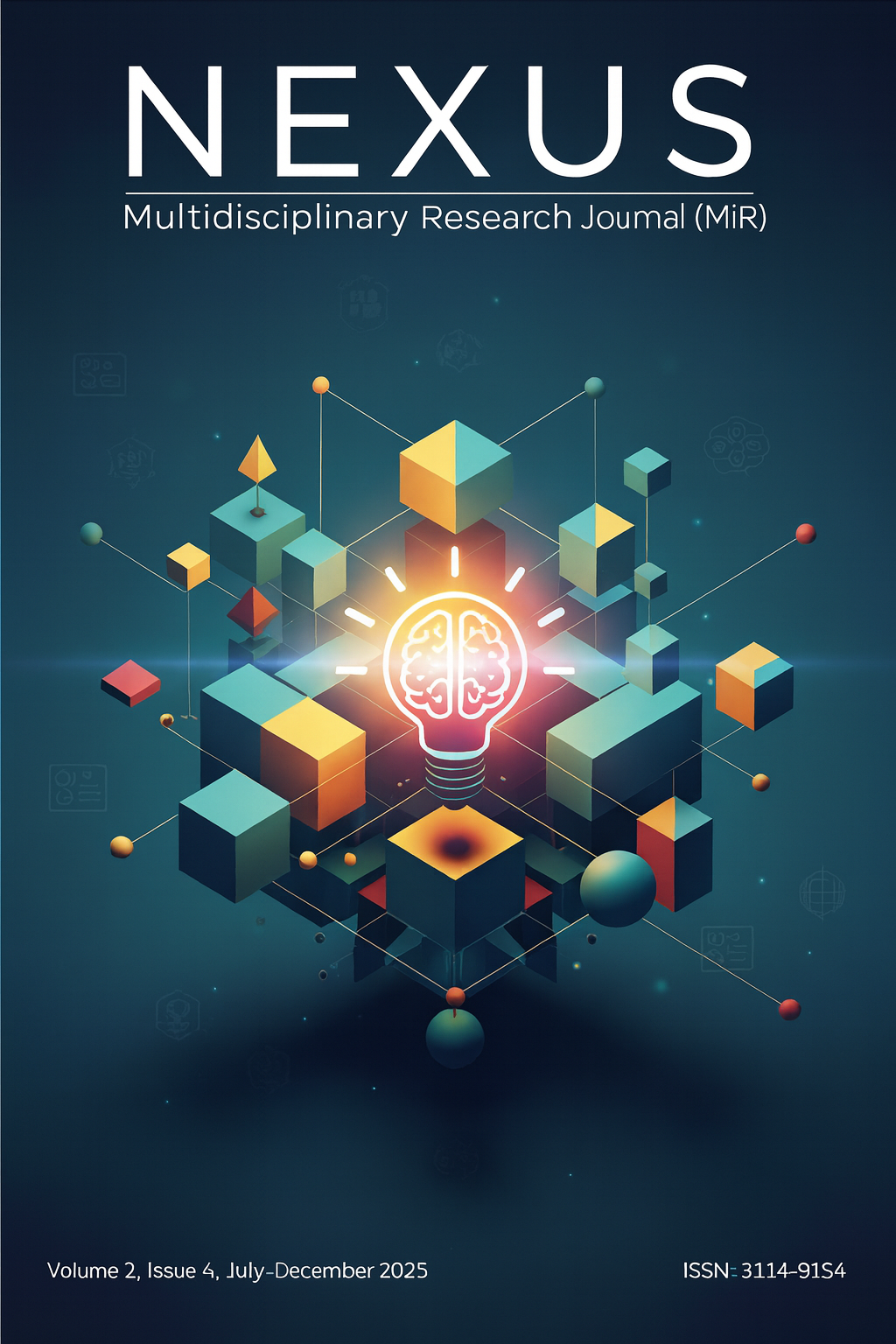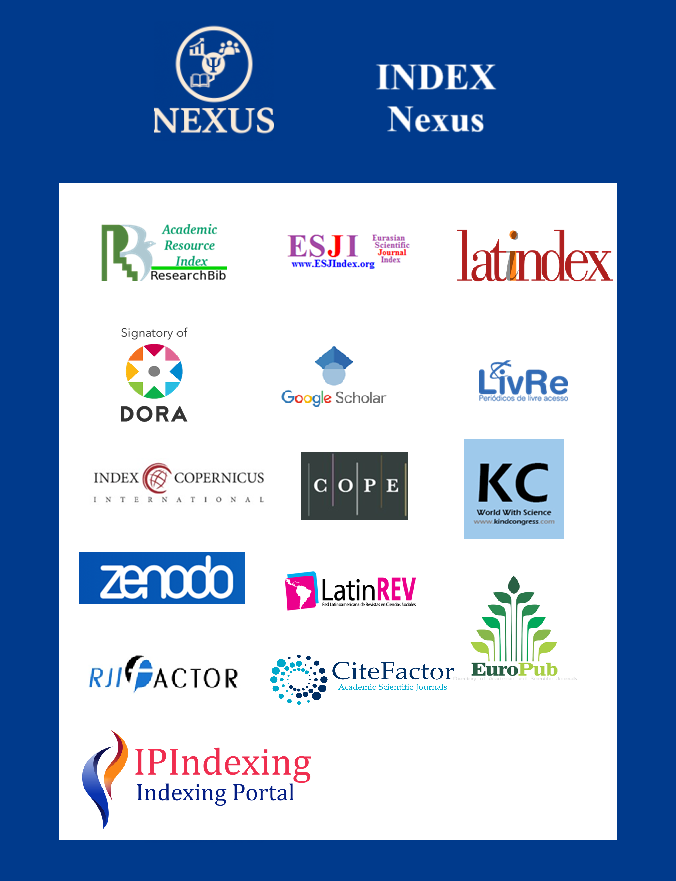Process of developing and validating an instrument for research on the acquisition of Mexican Sign Language
Palabras clave:
Sing language, language, instrument, methodology, acquisitionResumen
The process of constructing and validating instruments in qualitative research is a fundamental task, as it ensures the legitimacy of the data collected and the relevance of the results obtained. In this study, an instrument was designed and validated to investigate the acquisition of Mexican Sign Language (LSM) as a target language among hearing graduates of the Faculty of Physical Culture Sciences at the Autonomous University of Chihuahua. The research was based on the premise that the instrument is the operational link between the paradigm, the theoretical framework, and the method employed, and is thus decisive in the interpretation of human behaviors. The methodology comprised two stages: first, the design of a semi-structured interview, developed thru an exhaustive literature review and a theoretical framework based on Krashen’s hypotheses, which enabled the structuring of 38 items across six thematic axes: language exposure, acquisition, linguistic awareness, grammatical rules, facilitator’s role, and emotional process. Subsequently, a quantitative validation process was conducted thru expert judgment, with experts evaluating each item according to the criteria of univocality and relevance, using the scale proposed by Carrera, Vaquero, and Balsells (2011). The findings showed that 37 items exceeded the iU ≥ .80 and iP ≥ .80 thresholds, indicating high clarity and relevance. Only one item required wording adjustments based on the judges’ recommendations. It is concluded that the validated instrument constitutes a reliable and useful tool for future research on LSM acquisition in hearing individuals, providing methodological rigor and preventing bias in data collection
Descargas
Descargas
Publicado
Número
Sección
Licencia

Esta obra está bajo una licencia internacional Creative Commons Atribución-NoComercial 4.0.










